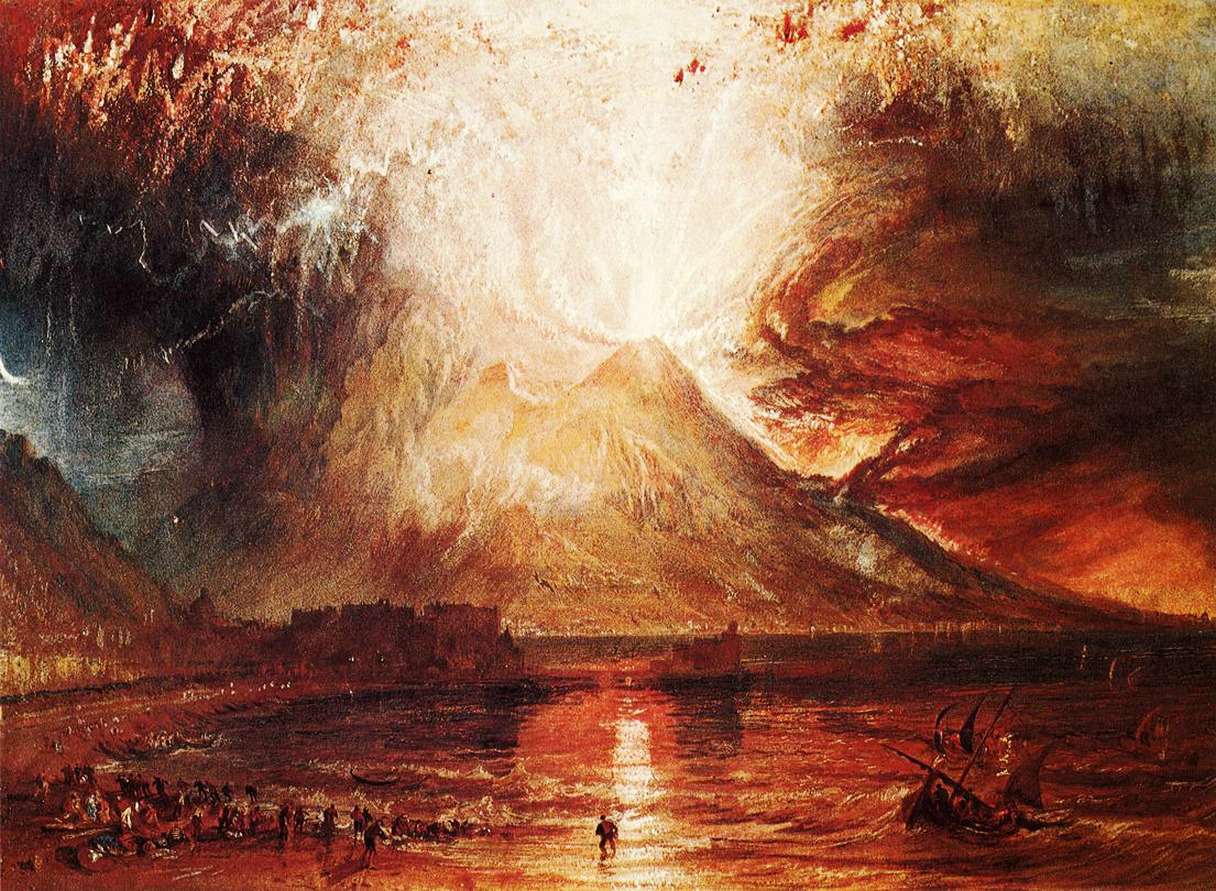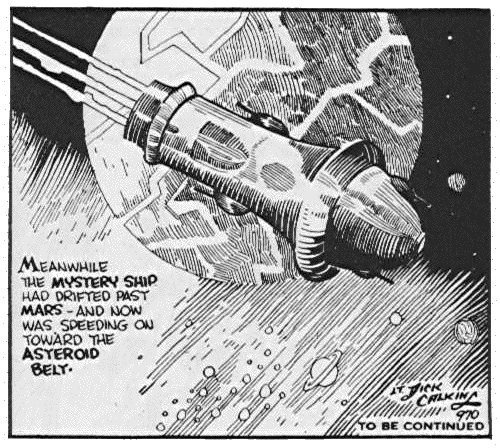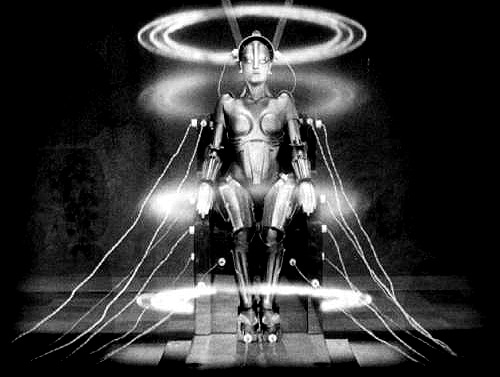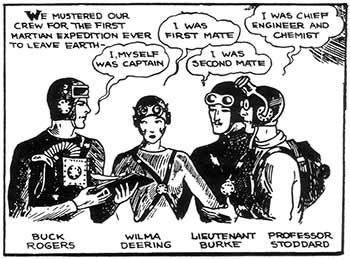Early in the 20th century, as science fiction came into its own, magazines of science fiction stories began to be published. These magazines were important in defining science fiction as a distinct genre, and have brought some of the greatest authors and ideas of sci-fi to the general public. To this day, science fiction magazines continue to introduce both up-and-coming and respected writers, and define the genre as it moves forward.
So, here are five of the most influential science fiction magazines of the past century:
5. Amazing Stories (1926-2005)-

This pulpy magazine was the first one to devote itself solely to science fiction. Founded by the publishing company of Hugo Gernsback, Amazing Stories lasted for over eighty years and helped shape the genre.
4. New Worlds (1936-1966)-

One of the most important British sci-fi magazines, New Worlds was created in part by science fiction giant Arthur C. Clarke. It featured many of Clarke’s stories, as well as those of other important British sci-fi writers, such as Brian Aldiss.
3. Asimov’s Science Fiction (founded 1977)-
Since its inception in 1977, Asimov’s science fiction has introduced the works of many writers who went on to make science fiction history. A few notable contributors include Orson Scott Card, Ursula K. LeGuin, Harlan Ellison, Fredrick Pohl, and of course Mr. Asimov himself. Asimov’s science fiction is still in publication today.
2. Fantasy and Science Fiction (founded 1949)-

Spanning two genres and nearly seven decades, The Magazine of Fantasy and Science fiction is one of the most widely read magazines in the genre. It has published authors such as Stephen King, Daniel Keyes, and David Gerrold, and continues to publish high quality speculative fiction.
1. Analog Science Fiction and Fact (founded 1930)-

Analog Science Fiction and Fact holds the distinction of being the longest-running science fiction magazine. June of 2015 saw the publication of its 1000th issue. It has published such distinguished authors as Isaac Asimov, Robert Heinlein, Poul Anderson, and Orson Scott Card.
Are you a reader of science fiction magazines? What are your favorites? What else should I have included on this list. I’d love to hear from you in the comments.
Keep on glowing in the dark,
Elora




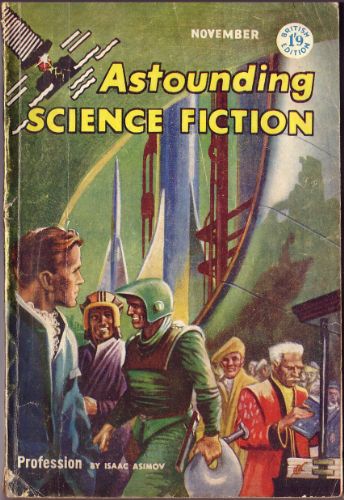

.jpg)

_04.jpg)

